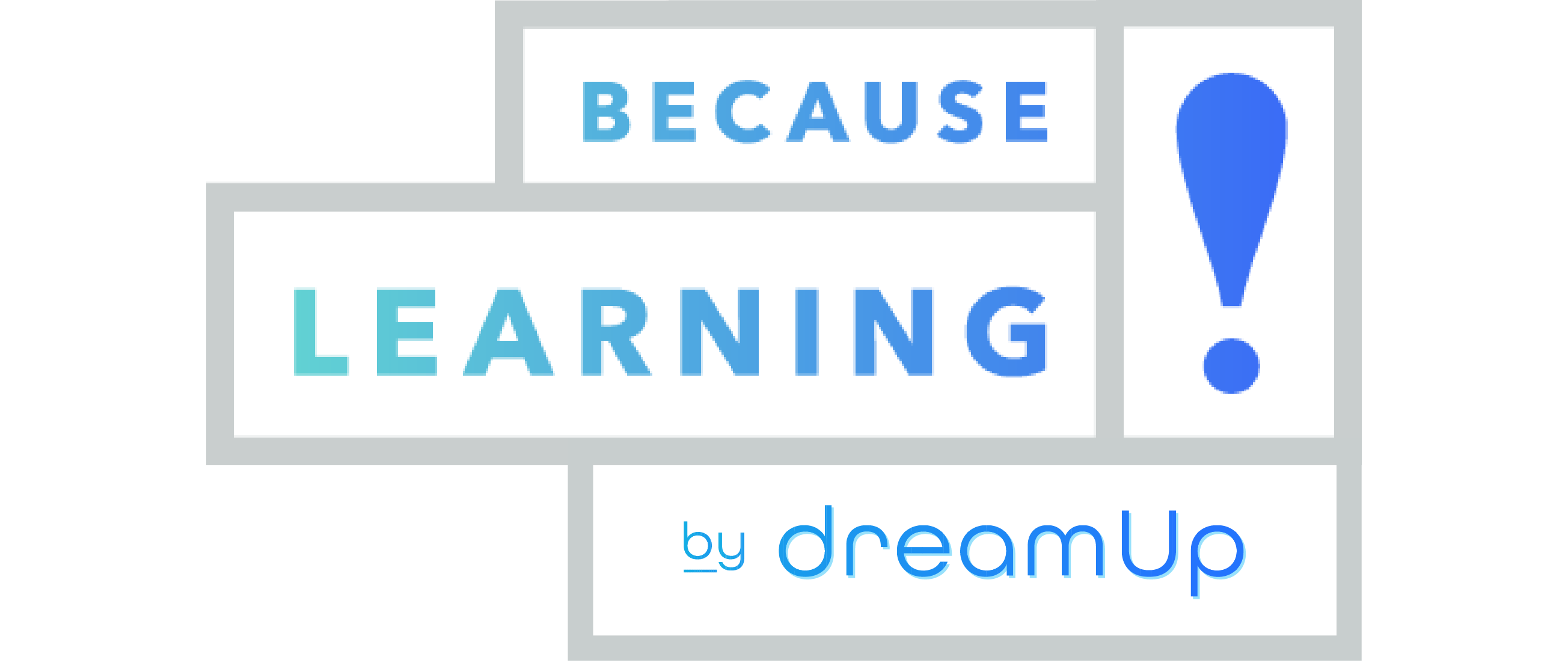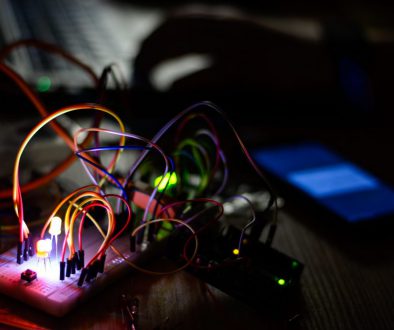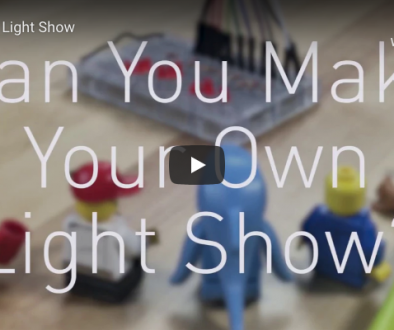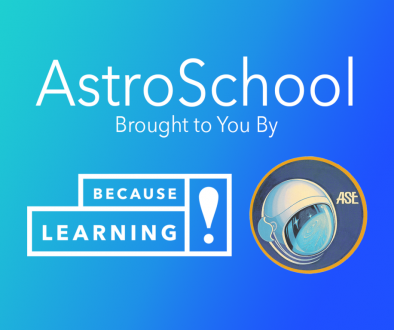What is Arduino, and How Does it Help Educators?
How a tiny, affordable piece of hardware is transforming STEM education.
Have you seen eHub? It’s Ardusat’s lesson platform where educators, parents, and aspiring scientists can access over 40 STEM experiments. You can even create your own lessons and share them with others.
One of the cool things about eHub is that you can use it to send code to Arduinos to run your experiments. This brings the experiments to life, taking code from your browser and using it to take a sensor reading, turn on an LED light, or perform some other action.
The Arduino platform is perfect for experiments like these because it’s so flexible. In fact, we believe it’s the best way for educators to start bringing coding to the classroom in a cost-effective, transformative way.
Here’s what educators need to know about Arduino and how it helps them.
What is Arduino?
Arduino is a piece of electronics that’s easy to program. It’s affordable, simple, yet flexible – a great fit for the classroom.
Here’s what the official Arduino introduction page says:
Arduino is an open-source electronics platform based on easy-to-use hardware and software. Arduino boards are able to read inputs – light on a sensor, a finger on a button, or a Twitter message – and turn it into an output – activating a motor, turning on an LED, publishing something online. You can tell your board what to do by sending a set of instructions to the microcontroller on the board
Because the code is relatively simple, it’s a good way for kids and adults like to learn the basics of programing. The way the basic Arduino controller can connect to all sorts of parts, like buttons or switches, also makes it a good place to begin experimenting with technology and engineering.
In short, it’s the perfect learning tool for STEM educators.
Why Arduino-based lessons are great in the classroom
At Ardusat, we’ve spoken with educators all over the country who are using Arduino-based learning tools in their classrooms (like our Space Kit). And in our chats, we’ve noticed three main reasons why they love using Arduino-based lessons.
1. They’re a Great Starting Point for Developing Critical Skills
Arduino is a great place to get started with coding and programming experiments. It’s a fantastic system of electronics where students can easily measure and gather real-world data.
Most experiments or lessons require simple code you can just copy and paste
Once you students get started on Arduino experiments, they can begin experimenting on their own. Students will hone their computational thinking that will help them learn the many different programming languages they will encounter.
While our eHub is a great starting point for coding, you can also check out code.org & scratch.mit.edu to learn more.
2. They’re Cost Effective
Unlike some experiments, many Arduino experiments use simply a bit of code. Once you have the starter kit, you’re good to run dozens of experiments an almost unlimited number of times.
This means engaging lessons students love without any additional cost. While the initial cost may seem high to implement district-wide, it’s actually better in the long-run.
Compare this to the cost of running a science experiment based in chemicals or other consumable parts. Your school has to budget and effectively repurchase the experiment or lesson plan every year. Even after a single year, the savings begin to get a return.
3. They Provide Transformative Learning Experiences
Because Arduino is open-source, that means there’s virtually unlimited ways you can expand on it to meet your classroom’s specific needs. It can become the basis to transform how learning takes place in our classrooms.
As we’ve mentioned before, coding is the new literacy. But the fact is not all teachers have coding experience. (In fact, most probably don’t.)
In order to prepare the next generation with essential skills to navigate our changing world, we as educators need to transform our own skill sets. By embracing something a little uncomfortable, even something as small as Arduino, we’re meeting our call as educators.
Take the Next Step to Explore Arduino in Your Classroom
To give you an idea of how Arduino works, check out the Sunglasses Experiment on eHub. In this experiment, we use an Arduino-powered sensor to get real measurements and compare data.
Your students will love it! Click here to see Arduino in action.
Want to bring Arduino-based lessons to your classroom this fall in a convenient, cost-effective package? Click here to get in touch with our Learning Team.







